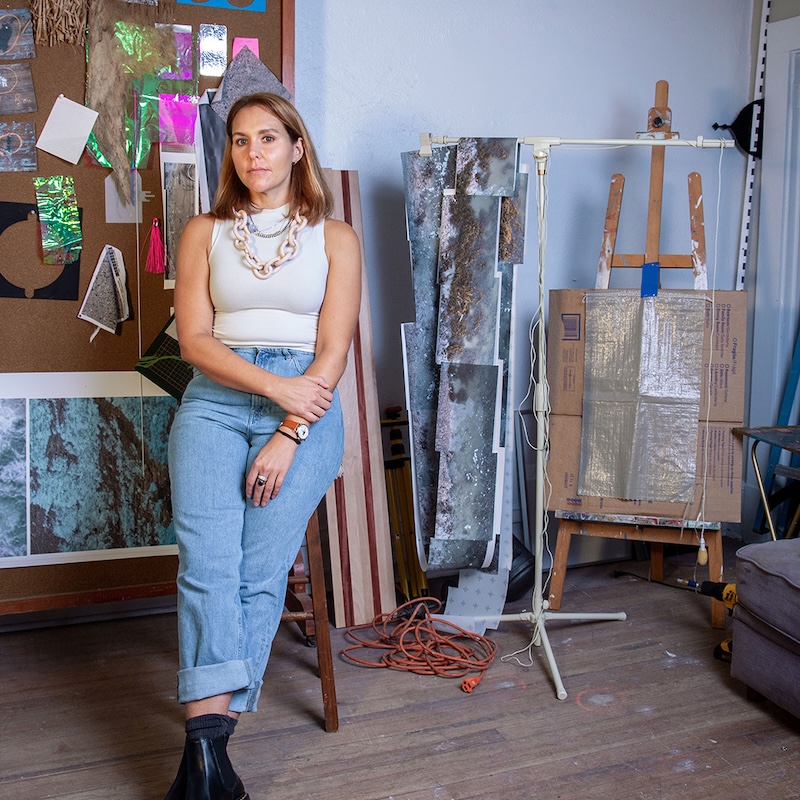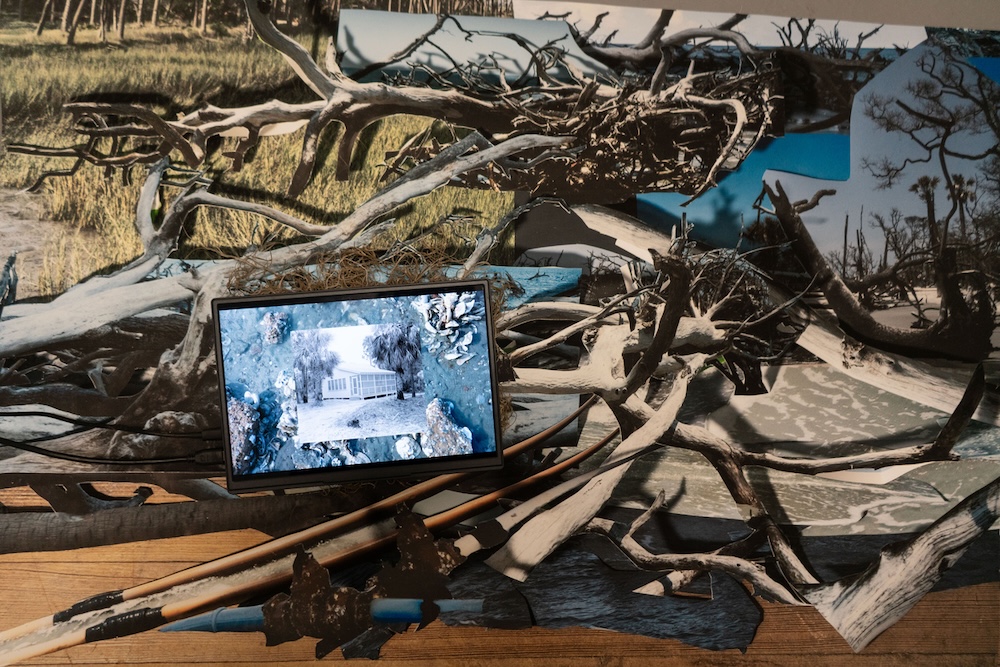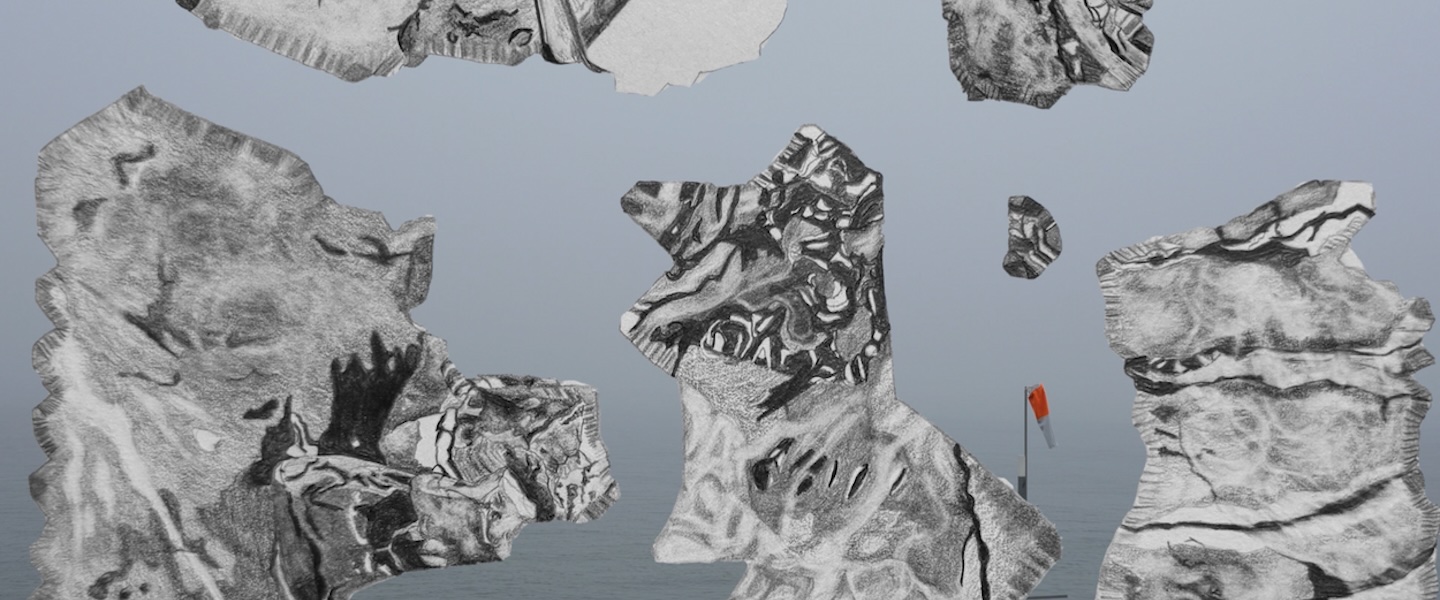 Claudia O'Steen’s path to becoming an artist wasn't linear. Before finding her home at Watkins College of Art , she explored different majors and interests, from literature to philosophy. What she discovered at Watkins was something even more valuable – the freedom to bring all these passions together.
Claudia O'Steen’s path to becoming an artist wasn't linear. Before finding her home at Watkins College of Art , she explored different majors and interests, from literature to philosophy. What she discovered at Watkins was something even more valuable – the freedom to bring all these passions together.
"I was interested in a lot of different areas," O'Steen reflected. "When I started, I didn't understand what an interdisciplinary artist was." That changed thanks to Watkins' innovative approach to art education, which she credits as being "on the cutting edge of helping students understand how to become an interdisciplinary artist."
This interdisciplinary foundation proved crucial for O'Steen's development as an artist and educator. Today, she serves as a professor of interdisciplinary art and digital media at Winthrop University near Charlotte, North Carolina, creating immersive installations that combine sculpture, video and performance while exploring environmental themes through extensive field research.
Breaking Out of the Comfort Zone
One of Watkins' greatest strengths during O’Steen’s time was pushing students beyond their perceived limitations. "I was so scared of sculpture in the beginning and thought I knew that I didn't want to do it," she admitted. "But it was totally transformative to my practice." Similarly, despite initially being resistant to technology, she now teaches expanded media and incorporates video as a central element in her work.
This transformation was guided by dedicated faculty members who recognized and nurtured O'Steen's potential. Associate Professor Kristi Hargrove , whom O'Steen still considers a mentor, encouraged her to integrate her diverse interests in science and literature into her artistic practice. "She helped me understand how I could bring that into my practice," O'Steen explained. "Even though she taught primarily drawing, I did a lot of independent studies with her where I would do more installation-based work."
Research-Based Art in Action
O'Steen's current work demonstrates how Watkins' interdisciplinary approach shapes real-world artistic practice. Through her research-based installations, she examines shifting landscapes via navigation, exploration and perception. Her ongoing project exploring ghost forests in South Carolina showcases this perfectly. After discovering that the Carolina coastline is among the fastest changing in the country, she began documenting these dramatic transformations where former forests now stand submerged in ocean waters.
"The water is encroaching on the forest so rapidly that houses from the 1950s just fell into the ocean," she explained. "There are remnants of concrete and pipes left from what used to be there. It's this strange combination of a forest that's disappearing into the ocean and evidence of human habitation."
For this project, O'Steen is developing her own version of a continuous plankton recorder, inspired by historical scientific instruments. She combines traditional techniques like screen printing with embedded video elements, exemplifying how she merges different media and research methods in her practice.
Her work also includes a month-long residency at Rabbit Island in Michigan's Upper Peninsula, where she lived without electricity, creating art with only the materials she could bring by boat. The resulting installation, recently featured in the Watkins “Among the Beyond” alumni exhibition, demonstrates how she transforms field research into immersive artistic experiences.

Building Community, Finding Direction
The Watkins experience extended beyond the classroom. O'Steen emphasized the value of the artistic community she found there. "Staying up late in the studio and having conversations with people who are still close friends – that is so valuable and can be just as valuable as feedback you get from your professors."
This collaborative environment helped O'Steen discover her passion for teaching. Through active participation in critiques and engaging with fellow students' work, she found her calling. "My favorite thing about my job is helping students figure out what their work is about," she shared. "It’s that moment of discovery, when a student realizes they don't have to just draw a still life – they can bring in personal experiences, combine that with research and merge all of these things into their work."
Life After Watkins
After graduating with her BFA, O'Steen went on to earn her MFA from the Rhode Island School of Design. Her career path led her through teaching positions at several institutions, including the University of West Florida, before landing at her current role at Winthrop. Her work has gained international recognition, with exhibitions at The Russian State Arctic and Antarctic Museum, Maajaam Estonia, apexart, and Atlanta Contemporary. She has also been awarded residencies at The Arctic Circle, The National Centre for Contemporary Art in St. Petersburg, Russia and The Hambidge Center.
For current and prospective art students, O'Steen offered this advice: "Be really courageous and try everything. Look outside the field of art for inspiration and understand that failure is part of the practice. I've learned more through my failures than anything else."
O'Steen's journey exemplifies the transformative power of a Watkins education – one that encourages students to push boundaries, embrace interdisciplinary approaches and develop their artistic voice within a supportive community of creators.
Claudia O'Steen is an interdisciplinary artist whose work points to a never-ending process of discovery, combining sculpture, video, installation, writing and performance to examine shifting landscapes through the lens of personal experience. Her current projects explore environmental themes, including coastal changes in South Carolina and the impact of industrial chemicals on Tennessee River communities. Her work can be viewed at claudiaosteen.com.
Learn more about the program in this story

